RIBA Stirling Prize 2019 shortlist celebrates the diversity of UK buildings
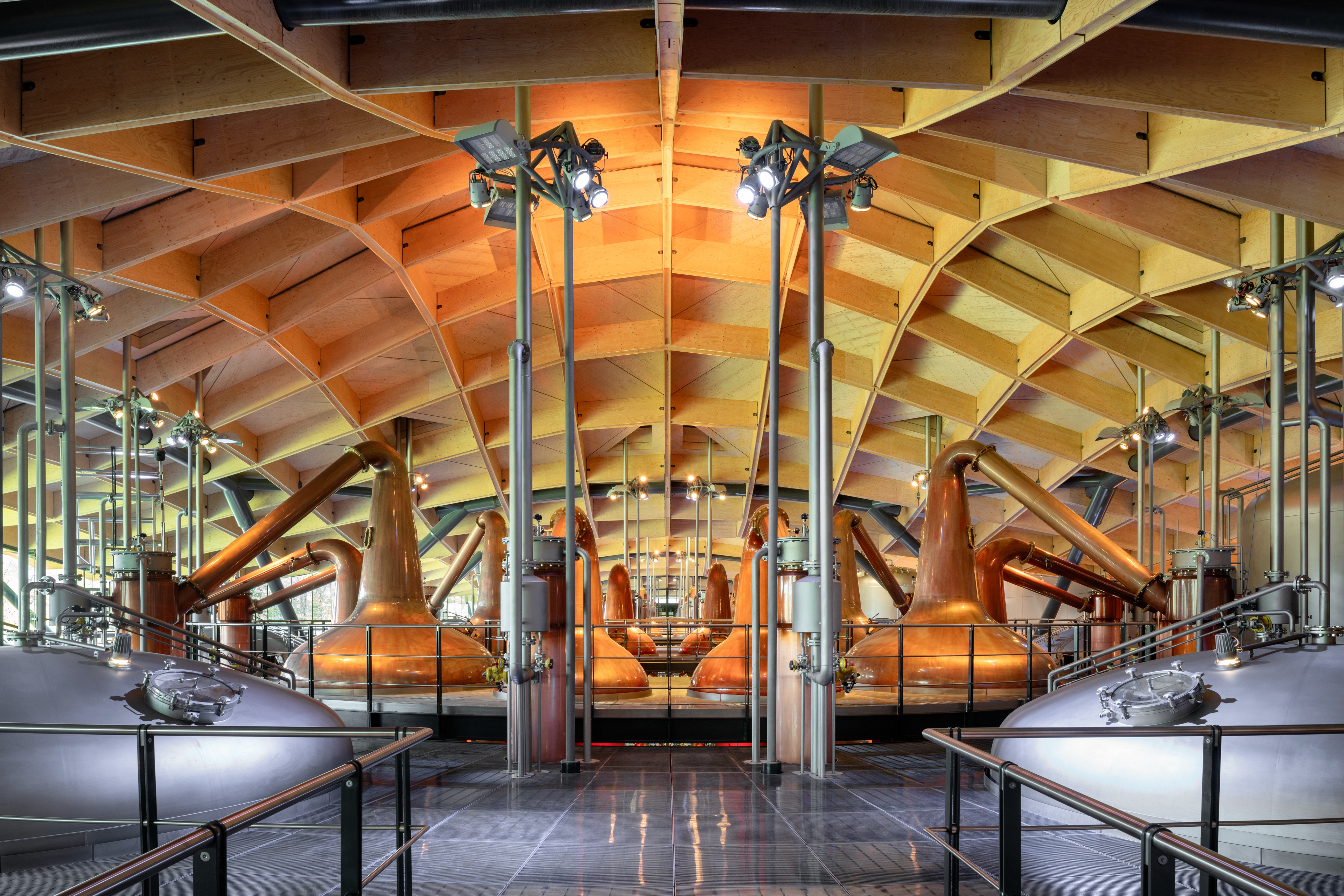
The Royal Institute of British Architects has announced the shortlist for the annual Stirling Prize that highlights the UK’s best building of the year. The projects on the list include a house made of cork, a gin distillery and one of the UK's busiest stations – revealing the diversity of UK building practice today.
Grimshaw’s London Bridge Station was commended for its voluminous, light-filled concourse. A residential housing scheme in Norwich by Mikhail Riches with Cathy Hawley held up for its energy efficiency. Feilden Fowles’ Yorkshire Sculpture Park visitor centre was recognized for its connection to the landscape. The Nevill Holt Opera, renovated from a 17th-century stable block by Witherford Watson Mann Architects and Rogers Stirk Harbour + Partners’ Macallan Distillery both attracted shortlisting because of their unique offerings.
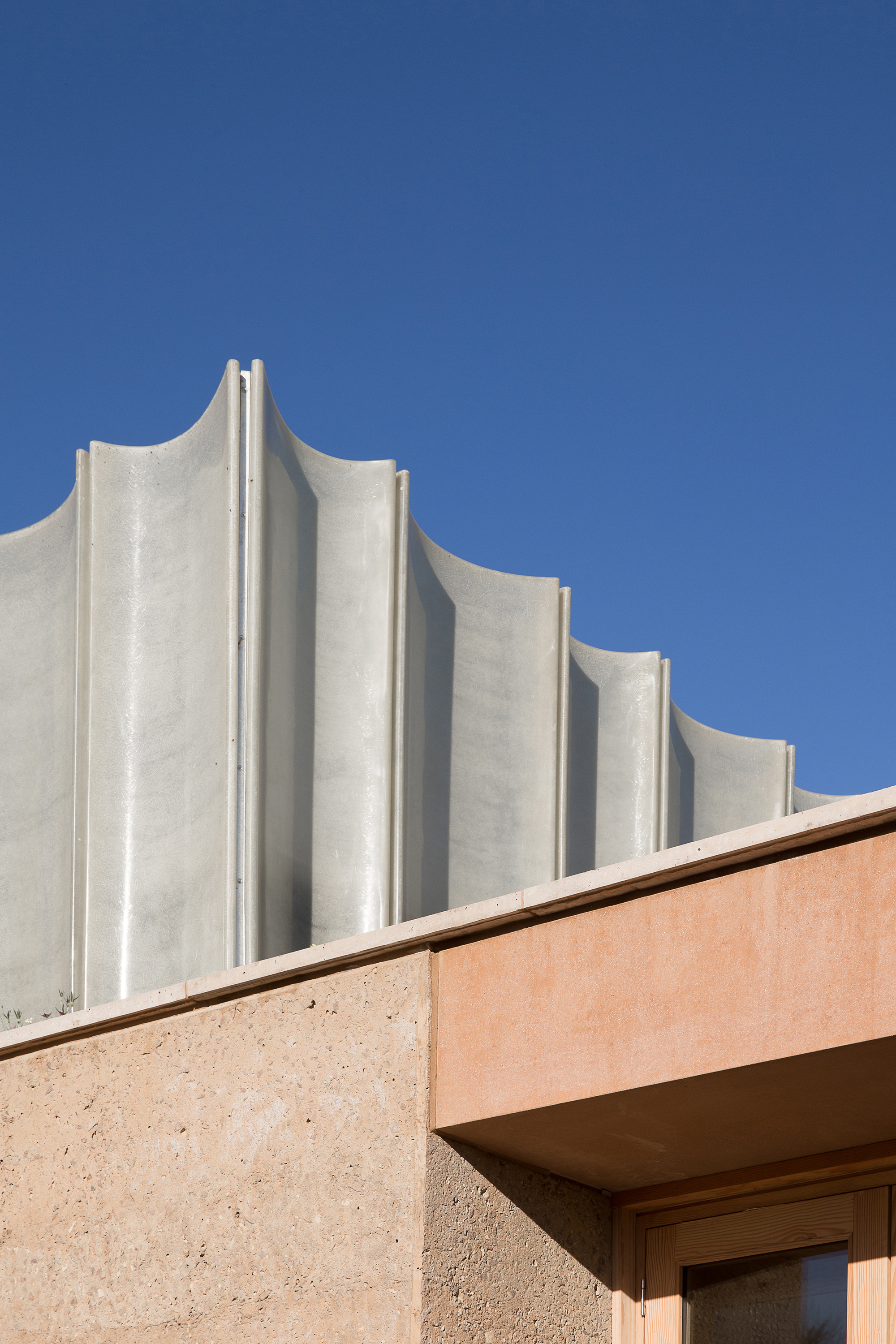
The Weston, Yorkshire Sculpture Park, by Feilden Fowles Architects.
‘These six buildings could hardly be more diverse in typology and scale – from a rustic stable block-turned-theatre to a vast national railway station. But what they have in common – ground-breaking innovation, extraordinary creativity and the highest quality materials and detailing – sets them apart, rightfully earning them a chance to win the highest accolade in architecture,’ says RIBA President Ben Derbyshire.
RELATED STORY
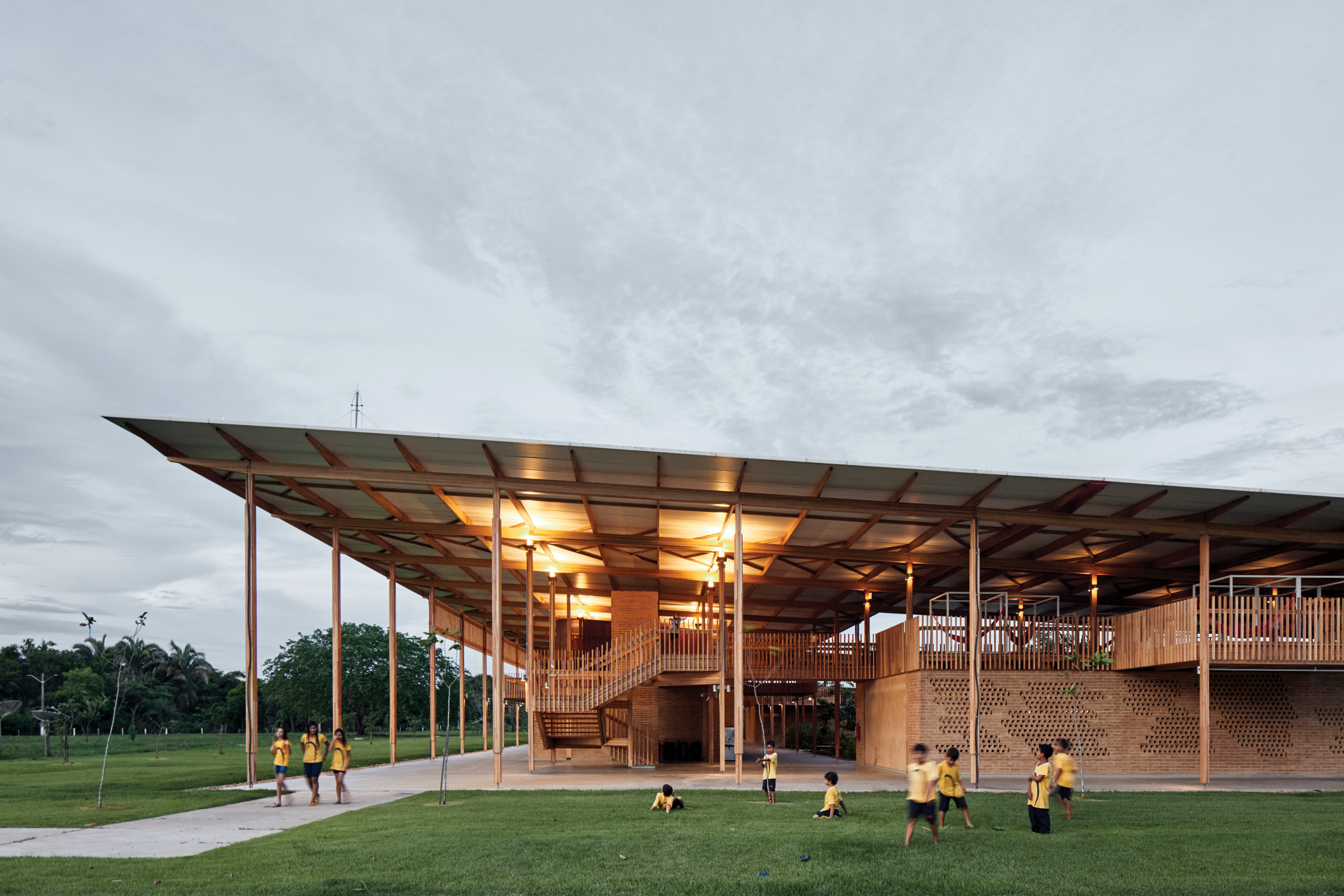
So what does the ‘best’ mean? In 2019, for RIBA, that means ‘ground-breaking innovation, extraordinary creativity and the highest quality materials and detailing,’yet also projects that seek to address the big issues important to the UK right now – from the housing crisis to global climate emergency.
‘From the way that Cork House experiments with entirely plant-based materials, to Goldsmith Street’s ultra-low energy affordable homes, each of these six buildings push the boundaries of architecture, exceeding what has been done before, and providing solutions to some of the most pressing challenges of our times,’ says Derbyshire.
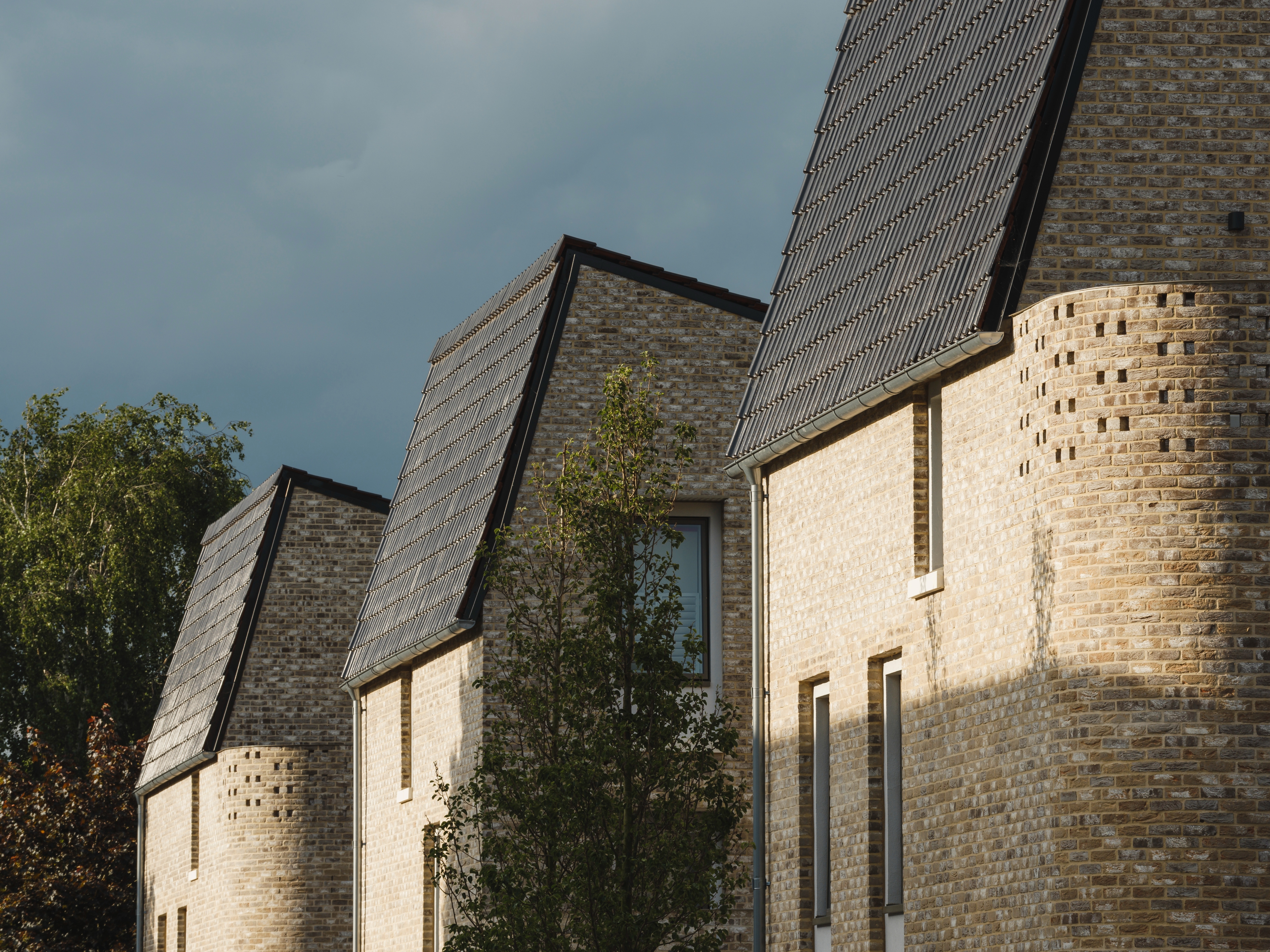
Goldsmith Street, Norwich, by Mikhail Riches with Cathy Hawley. ‘A large development of 105 highly energy-efficient homes for social rent, designed to Passivhaus standards for Norwich City Council’ – RIBA.
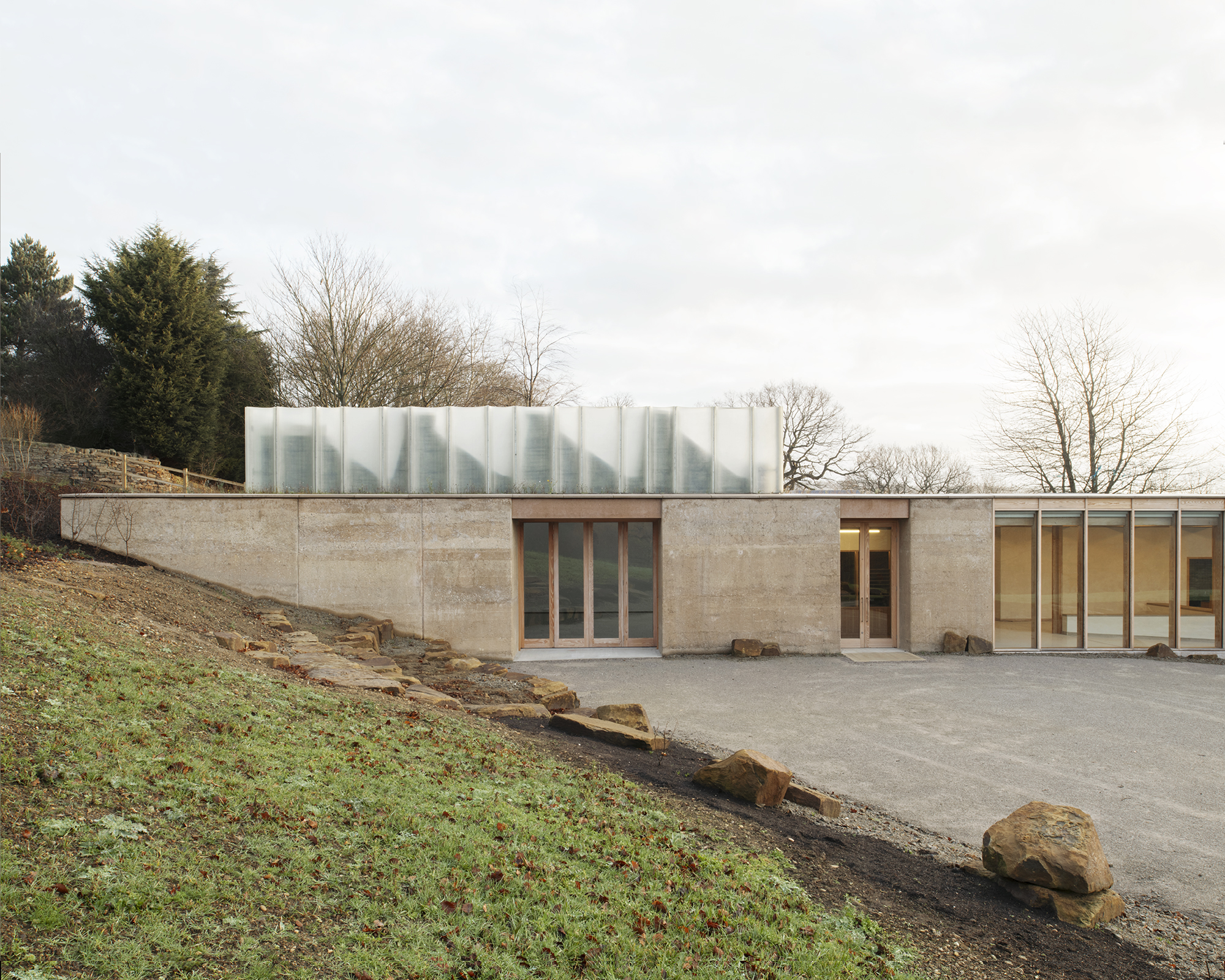
The Weston, Yorkshire Sculpture Park, by Feilden Fowles Architects. ‘An exquisite new gallery and visitor centre nestled into the Yorkshire landscape’ – RIBA. Read more here…
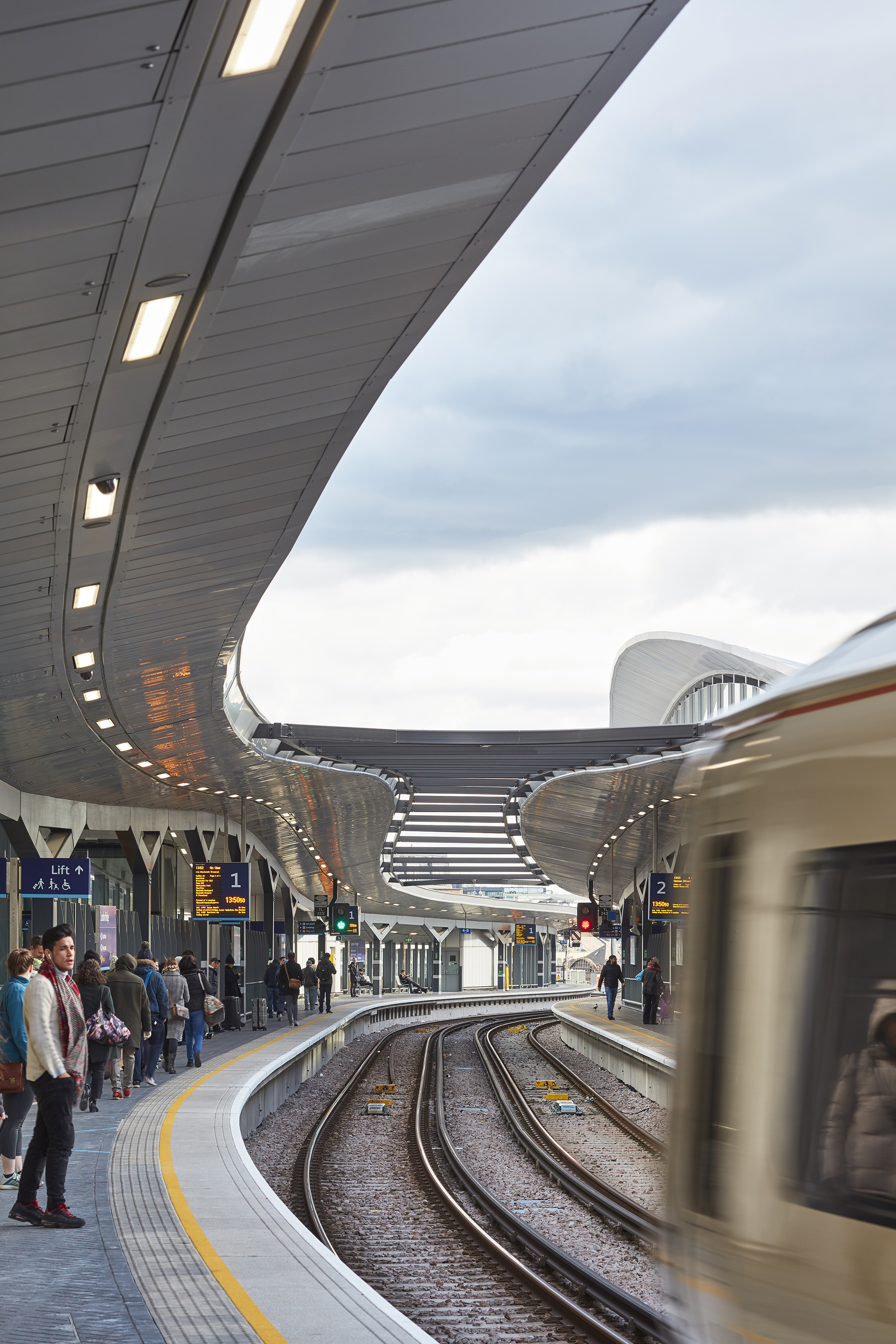
London Bridge Station, by Grimshaw. ‘A radical reconfiguration and development of one of London’s busiest stations with a new voluminous, light-filled concourse’ – RIBA.
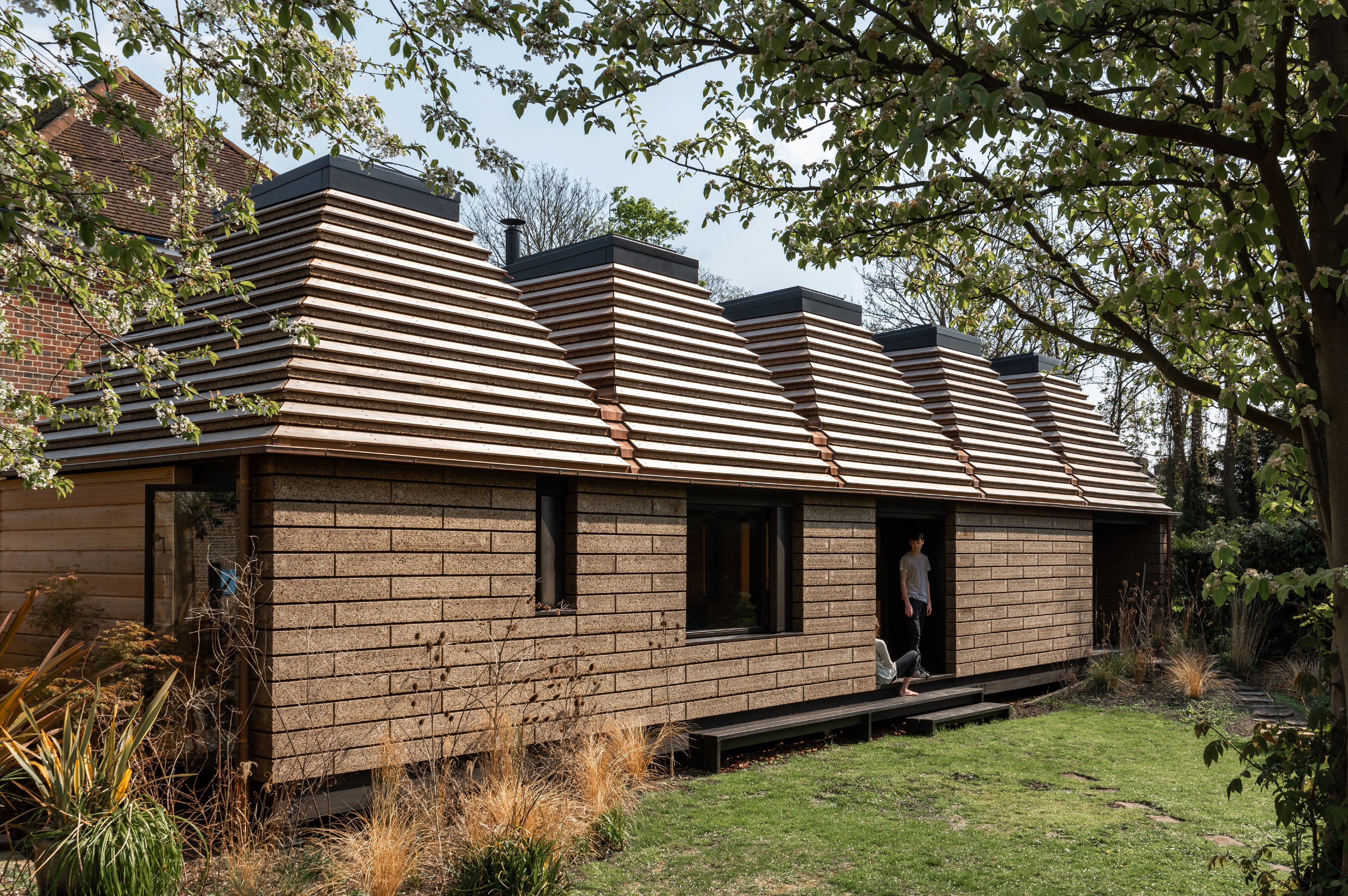
Cork House, Berkshire, by Matthew Barnett Howland with Dido Milne and Oliver Wilton. ‘An ingenious, experimental, carbon-neutral private house made almost entirely from cork’ – RIBA

Nevill Holt Opera, Leicestershire, by Witherford Watson Mann Architects. ‘A contemporary opera theatre within a 17th-century stable block’– RIBA. Read more here…
INFORMATION
Nevill Holt Opera, Leicestershire, by Witherford Watson Mann Architects. ‘A contemporary opera theatre within a 17th-century stable block’– RIBA. Photography: Hélène Binet. Read more here…
Receive our daily digest of inspiration, escapism and design stories from around the world direct to your inbox.
Harriet Thorpe is a writer, journalist and editor covering architecture, design and culture, with particular interest in sustainability, 20th-century architecture and community. After studying History of Art at the School of Oriental and African Studies (SOAS) and Journalism at City University in London, she developed her interest in architecture working at Wallpaper* magazine and today contributes to Wallpaper*, The World of Interiors and Icon magazine, amongst other titles. She is author of The Sustainable City (2022, Hoxton Mini Press), a book about sustainable architecture in London, and the Modern Cambridge Map (2023, Blue Crow Media), a map of 20th-century architecture in Cambridge, the city where she grew up.
-
 Volvo’s quest for safety has resulted in this new, ultra-legible in-car typeface, Volvo Centum
Volvo’s quest for safety has resulted in this new, ultra-legible in-car typeface, Volvo CentumDalton Maag designs a new sans serif typeface for the Swedish carmaker, Volvo Centum, building on the brand’s strong safety ethos
-
 We asked six creative leaders to tell us their design predictions for the year ahead
We asked six creative leaders to tell us their design predictions for the year aheadWhat will be the trends shaping the design world in 2026? Six creative leaders share their creative predictions for next year, alongside some wise advice: be present, connect, embrace AI
-
 10 watch and jewellery moments that dazzled us in 2025
10 watch and jewellery moments that dazzled us in 2025From unexpected watch collaborations to eclectic materials and offbeat designs, here are the watch and jewellery moments we enjoyed this year
-
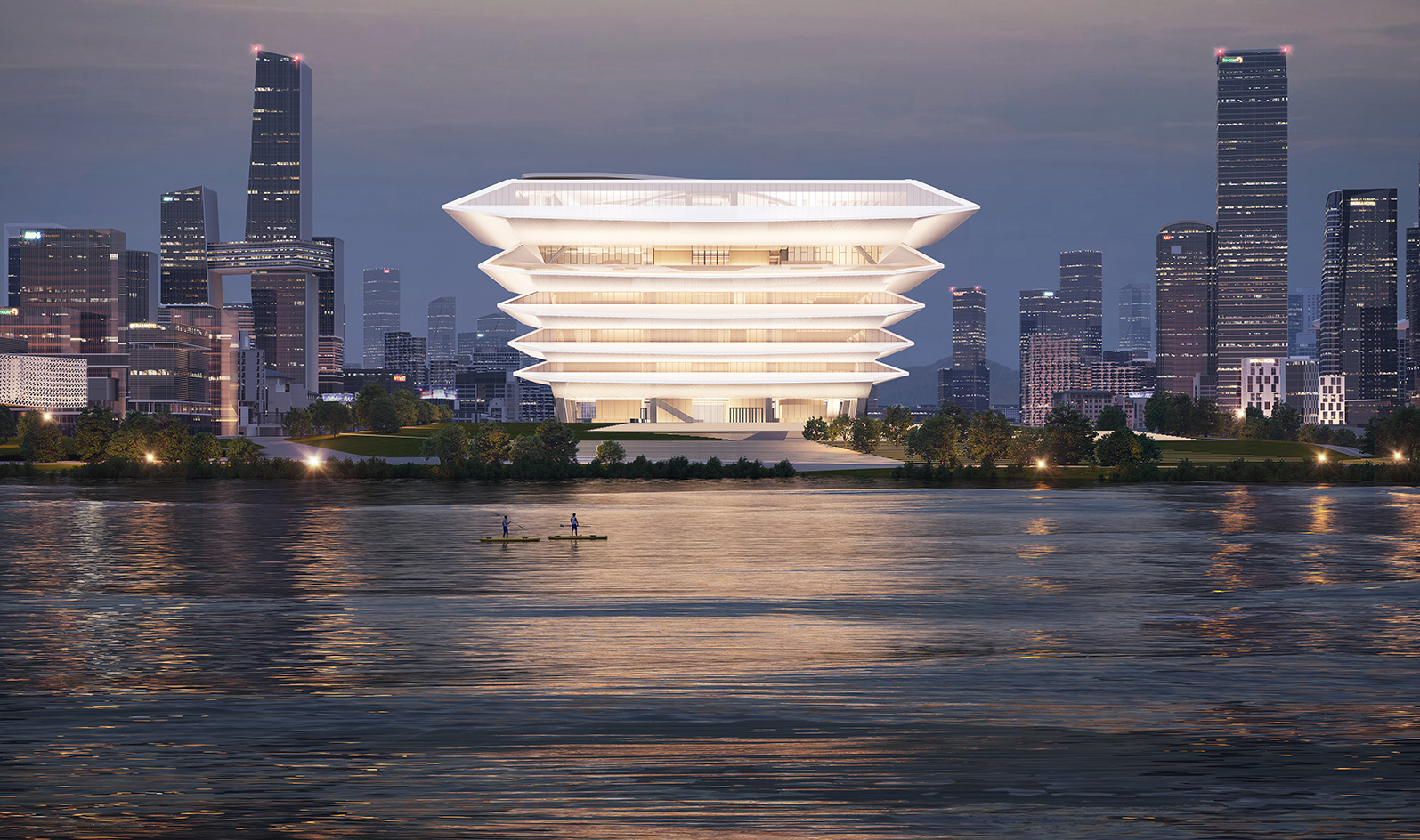 The RIBA Asia Pacific Awards reward impactful, mindful architecture – here are the winners
The RIBA Asia Pacific Awards reward impactful, mindful architecture – here are the winnersThe 2025 RIBA Asia Pacific Awards mark the accolade’s first year – and span from sustainable mixed-use towers to masterplanning and housing
-
 Arbour House is a north London home that lies low but punches high
Arbour House is a north London home that lies low but punches highArbour House by Andrei Saltykov is a low-lying Crouch End home with a striking roof structure that sets it apart
-
 A former agricultural building is transformed into a minimal rural home by Bindloss Dawes
A former agricultural building is transformed into a minimal rural home by Bindloss DawesZero-carbon design meets adaptive re-use in the Tractor Shed, a stripped-back house in a country village by Somerset architects Bindloss Dawes
-
 RIBA House of the Year 2025 is a ‘rare mixture of sensitivity and boldness’
RIBA House of the Year 2025 is a ‘rare mixture of sensitivity and boldness’Topping the list of seven shortlisted homes, Izat Arundell’s Hebridean self-build – named Caochan na Creige – is announced as the RIBA House of the Year 2025
-
 In addition to brutalist buildings, Alison Smithson designed some of the most creative Christmas cards we've seen
In addition to brutalist buildings, Alison Smithson designed some of the most creative Christmas cards we've seenThe architect’s collection of season’s greetings is on show at the Roca London Gallery, just in time for the holidays
-
 In South Wales, a remote coastal farmhouse flaunts its modern revamp, primed for hosting
In South Wales, a remote coastal farmhouse flaunts its modern revamp, primed for hostingA farmhouse perched on the Gower Peninsula, Delfyd Farm reveals its ground-floor refresh by architecture studio Rural Office, which created a cosy home with breathtaking views
-
 A revived public space in Aberdeen is named Scotland’s building of the year
A revived public space in Aberdeen is named Scotland’s building of the yearAberdeen's Union Terrace Gardens by Stallan-Brand Architecture + Design and LDA Design wins the 2025 Andrew Doolan Best Building in Scotland Award
-
 A refreshed 1950s apartment in East London allows for moments of discovery
A refreshed 1950s apartment in East London allows for moments of discoveryWith this 1950s apartment redesign, London-based architects Studio Naama wanted to create a residence which reflects the fun and individual nature of the clients